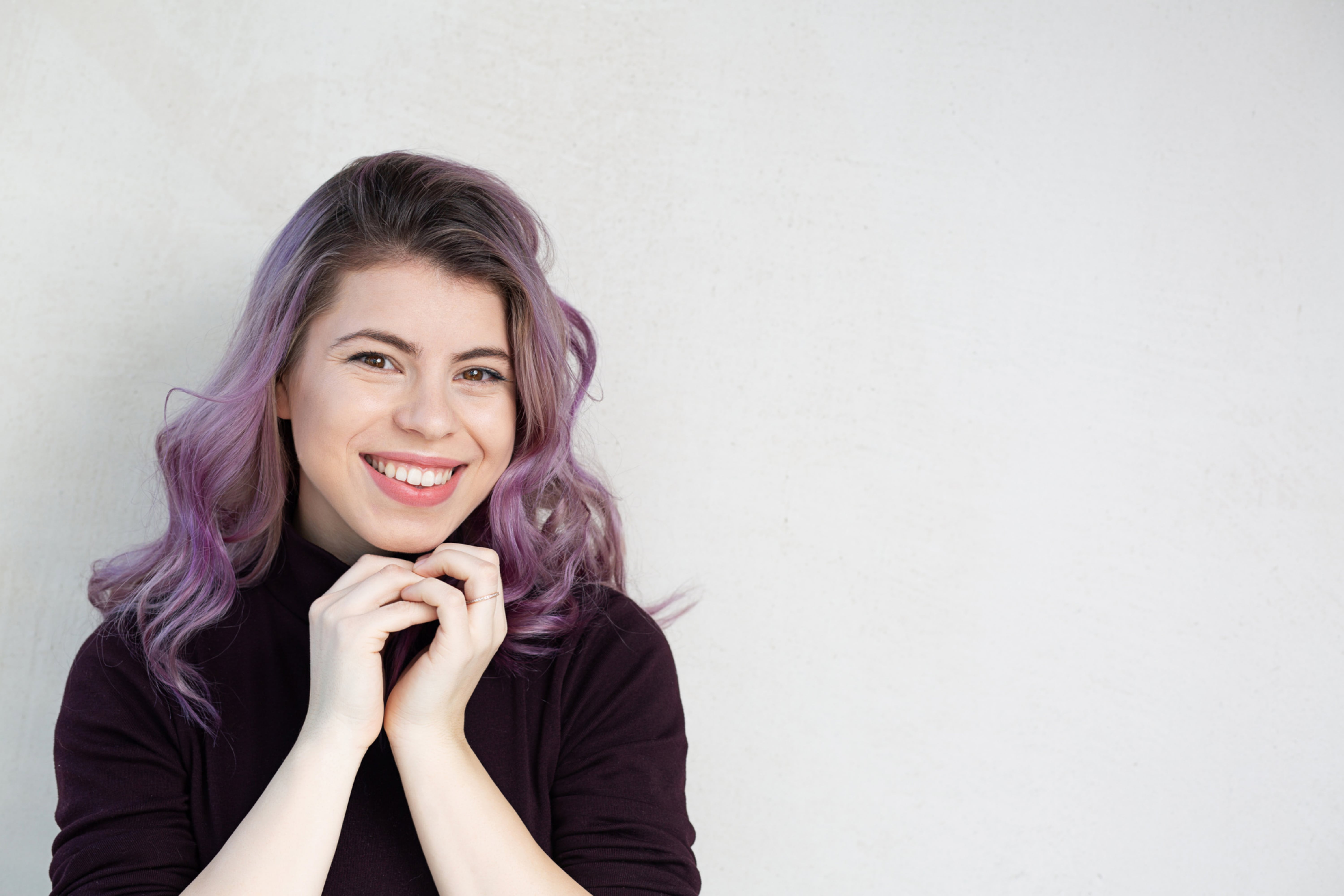Hair trends are ever-evolving, with new colors and styles hitting the spotlight each year. Purple, known for its allure and vibrant appeal, has been a favorite shade among hair enthusiasts for a while now. But as with all trends, change is inevitable.
Maybe you’ve rocked that purple shade for months, and now you’re eyeing the frosty allure of silver tresses. Before you dive into harsh chemical treatments or expensive salon visits, here’s the good news: it’s possible to fade your purple hair to a dreamy silver without using bleach. Let’s uncover the secrets!
This article offers some safe and effective techniques to transition from purple to silver without damaging your hair. We’ll provide easy-to-follow steps, debunk some myths, and even throw in a comparison table for a better understanding. Ready? Let’s dive in!
1. Why Avoiding Bleach is a Game-Changer
Bleach, while powerful, is notorious for its damaging effects on the hair. By understanding its impact, you can make informed decisions about alternative methods that are gentler on your tresses.
The Downsides of Bleaching:
- Weakens hair strands, leading to breakage
- Dries out the hair, causing it to lose its natural shine
- Potentially irritates the scalp, causing discomfort or even allergic reactions
The Benefits of Alternative Methods:
- Maintains the hair’s natural strength and elasticity
- Keeps the hair moisturized and shiny
- Less likely to cause allergic reactions or irritations
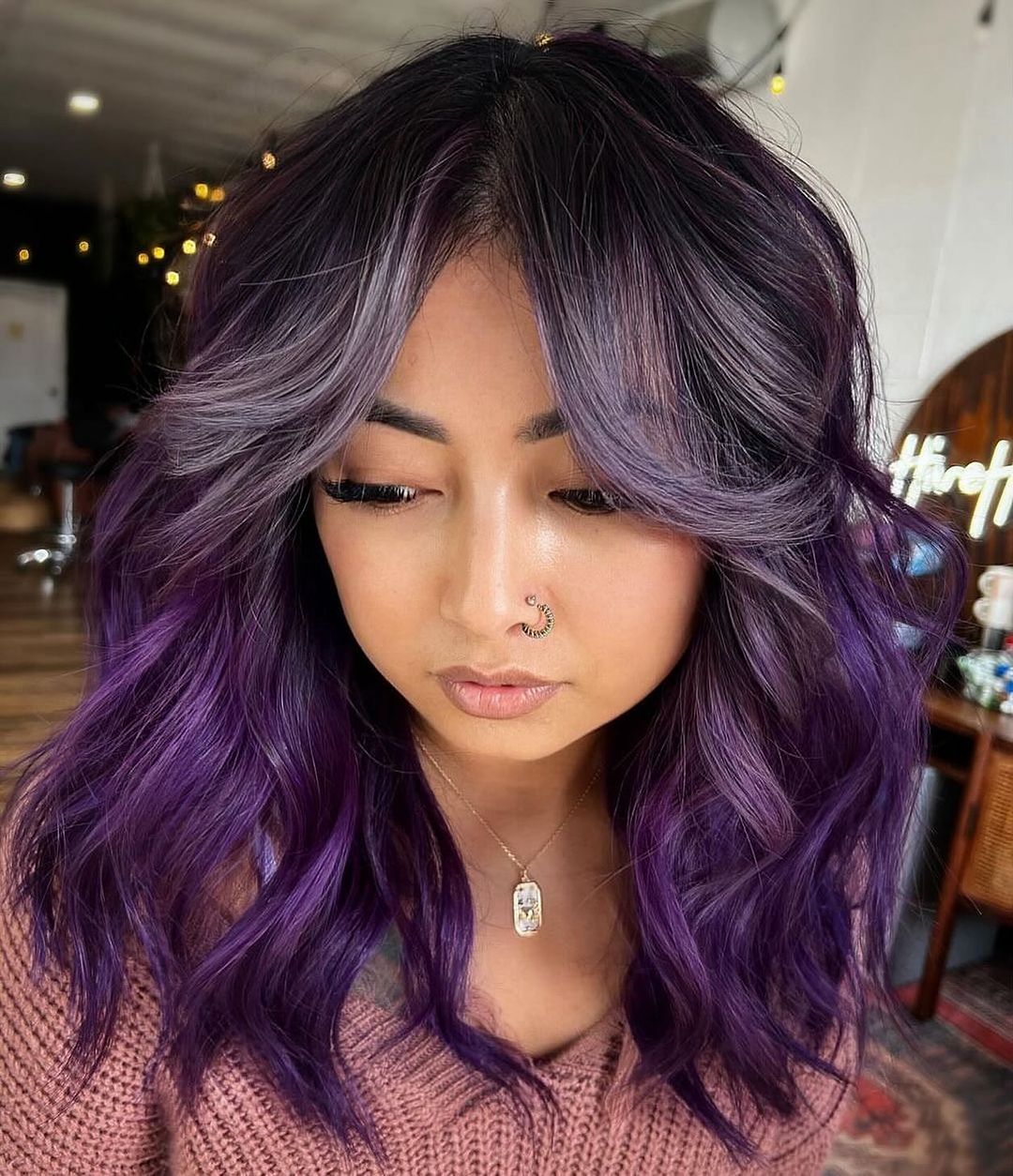
2. Techniques to Fade Purple Naturally
Getting rid of that purple hue doesn’t mean waiting forever. Here are tried-and-true methods to naturally expedite the fading process.

a) Use Clarifying Shampoo
A clarifying shampoo is designed to strip away product buildup and can help lighten hair dye over time.
Steps:
- Wet your hair thoroughly.
- Apply a generous amount of clarifying shampoo.
- Lather, massage into your hair and leave for 3-5 minutes.
- Rinse with lukewarm water.
b) Rinse with Warm Water
Warm water helps to open up the hair cuticles, allowing the color to rinse out more easily.
Steps:
- Wet your hair with warm (not hot) water.
- Gently massage and rinse for a couple of minutes.
- Finish off with a moisturizing conditioner.
c) Vitamin C Treatment
Vitamin C is not only great for your health but can act as a mild bleach alternative, helping fade hair dye.
Steps:
- Crush 5-10 vitamin C tablets and mix with your regular shampoo.
- Apply the mixture to wet hair.
- Massage into your hair and let it sit for an hour.
- Rinse thoroughly.
3. Transitioning to Silver
Once you’ve faded the purple, transitioning to silver requires some patience and care. Here’s how:

a) Toner is Your Best Friend
Toners help neutralize unwanted tones in your hair, paving the way for a perfect silver shade.
Steps:
- Choose a toner with a blue or purple base to neutralize yellow tones.
- Apply as directed and leave for the recommended time.
- Rinse and condition.
b) Use Purple Shampoo
Purple shampoo counteracts yellow and brassy tones, leaving behind a cool silver shade.
Steps:
- Wet your hair and apply purple shampoo.
- Let it sit for 3-5 minutes, depending on the level of brassiness.
- Rinse and condition.
c) Regular Maintenance
Silver hair can be prone to brassiness. Regularly using a purple conditioner or mask can help maintain the silver shade longer.
Comparison Table: Fading Techniques
[table id=457 /]
The Hidden Harm: Understanding the Effects of Bleaching on Hair
Bleaching, a common hair treatment that many resorts to for achieving lighter hair shades or prepping for vivid colors, is undoubtedly effective in its primary purpose.
However, the lighter and brighter locks often come at a cost. The question is, just how damaging can bleaching be for your hair?
Let’s delve into the science of bleaching and its implications for hair health.
The Science of Hair and Bleaching
Hair is primarily made up of a protein called keratin, structured in layers. The outermost layer, known as the cuticle, is designed to protect the inner layers. Hair color comes from melanin, which is present within the cortex (the inner layer). Bleaching works by penetrating the cuticle to break down and disperse the melanin, effectively lightening the hair.
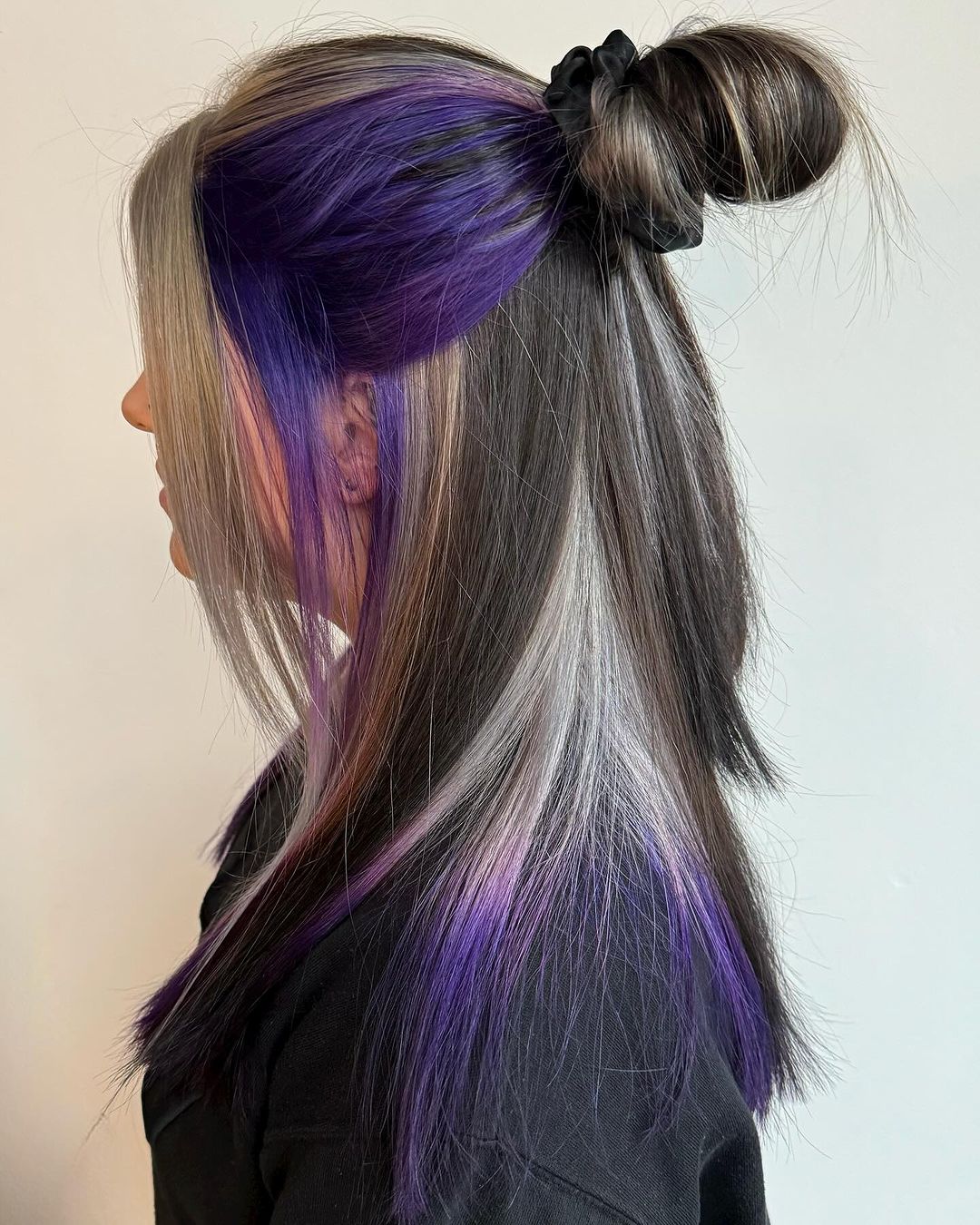
The Impact of Bleaching on Hair Structure
Cuticle Damage: To access the melanin in the cortex, bleach first has to make its way through the cuticle. The harsh chemicals in bleach cause the scales of the cuticle to lift. While this allows the bleaching agent to penetrate the hair shaft, it also means the hair is left with a rougher texture. Over time, repeated bleaching can lead to a compromised cuticle that fails to lay flat, leaving hair vulnerable to further damage.
Protein Degradation: Keratin, the protein building block of hair, can be degraded or weakened by the oxidative process of bleaching. This degradation reduces the hair’s natural strength and elasticity. In the worst scenarios, it can lead to hair becoming so weakened that it breaks off.
Moisture Loss: The process of bleaching can strip away natural oils from the scalp and hair. These oils act as a protective barrier, helping to keep the hair moisturized and preventing it from drying out. Without these oils, hair can become excessively dry, leading to brittleness and increased susceptibility to split ends.
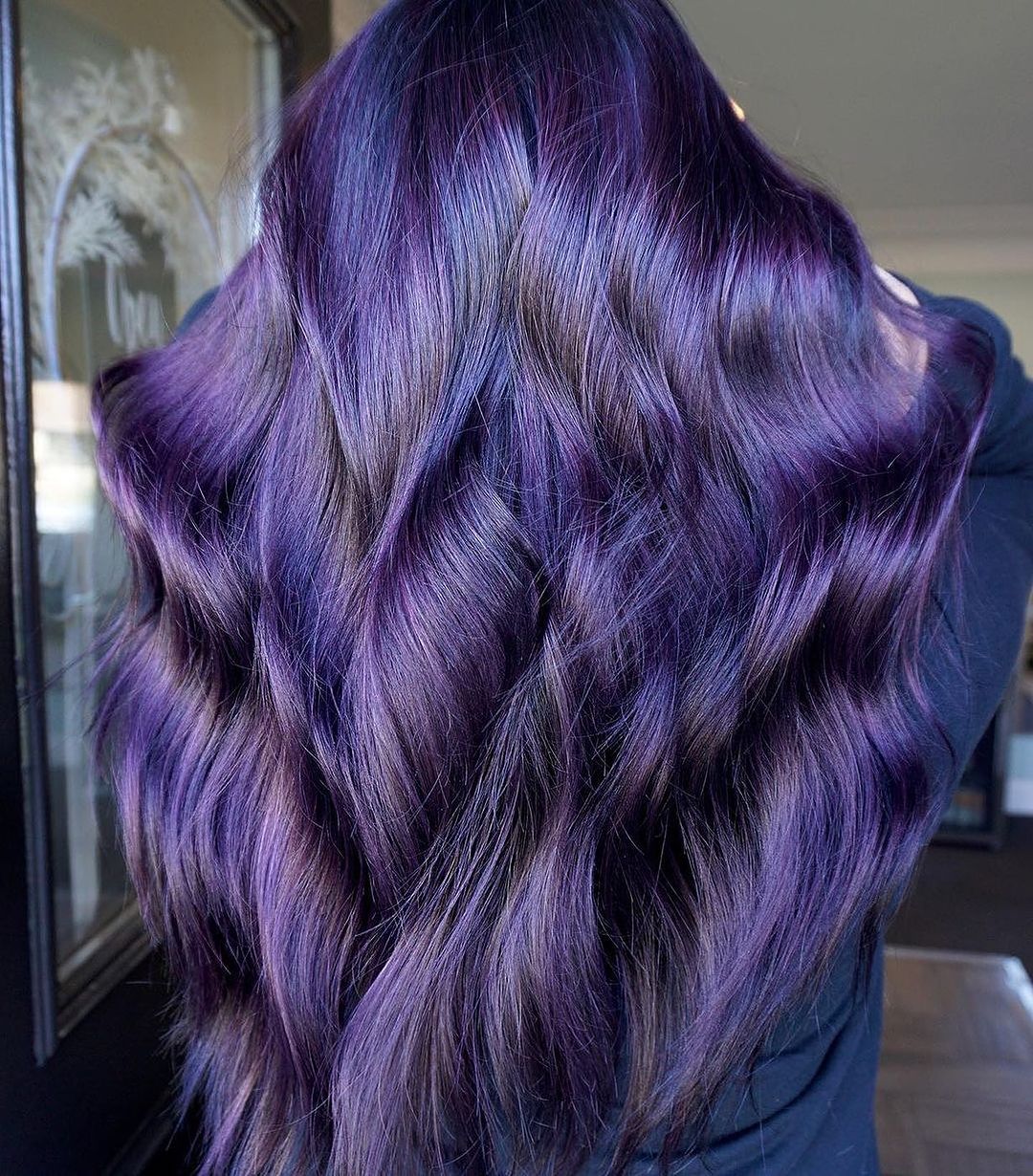
The Domino Effect of Damage
Increased Porosity: With the protective cuticle compromised, hair can become more porous. Increased porosity means hair is more likely to absorb and release moisture quickly. This can result in frizzy hair, especially in humid conditions. Additionally, overly porous hair can lead to rapid loss of applied hair colors, leading to more frequent coloring and a subsequent vicious cycle of damage.
- Loss of Shine and Luster: Healthy hair is characterized by a natural shine, given by a smooth cuticle layer that reflects light. Damaged and roughened cuticles from bleach treatments scatter light instead of reflecting it, giving hair a dull appearance.
- Scalp Irritations: Beyond the hair shaft, bleach can be irritating to the scalp. For some individuals, this might manifest as itchiness, redness, or even burns. It’s essential to be wary of these symptoms and seek professional advice if any severe reactions occur.
In conclusion, while bleaching provides a quick and effective route to achieving desired hair colors, it’s crucial to be aware of its potential harm. The process interferes with the natural structure and integrity of the hair, leaving it vulnerable, weak, and prone to a host of issues.
If one does choose to bleach, it’s advisable to do so with caution, possibly seeking professional help and ensuring ample hair care post-treatment.
Remember, healthy hair isn’t just about color; it’s about strength, shine, and resilience.
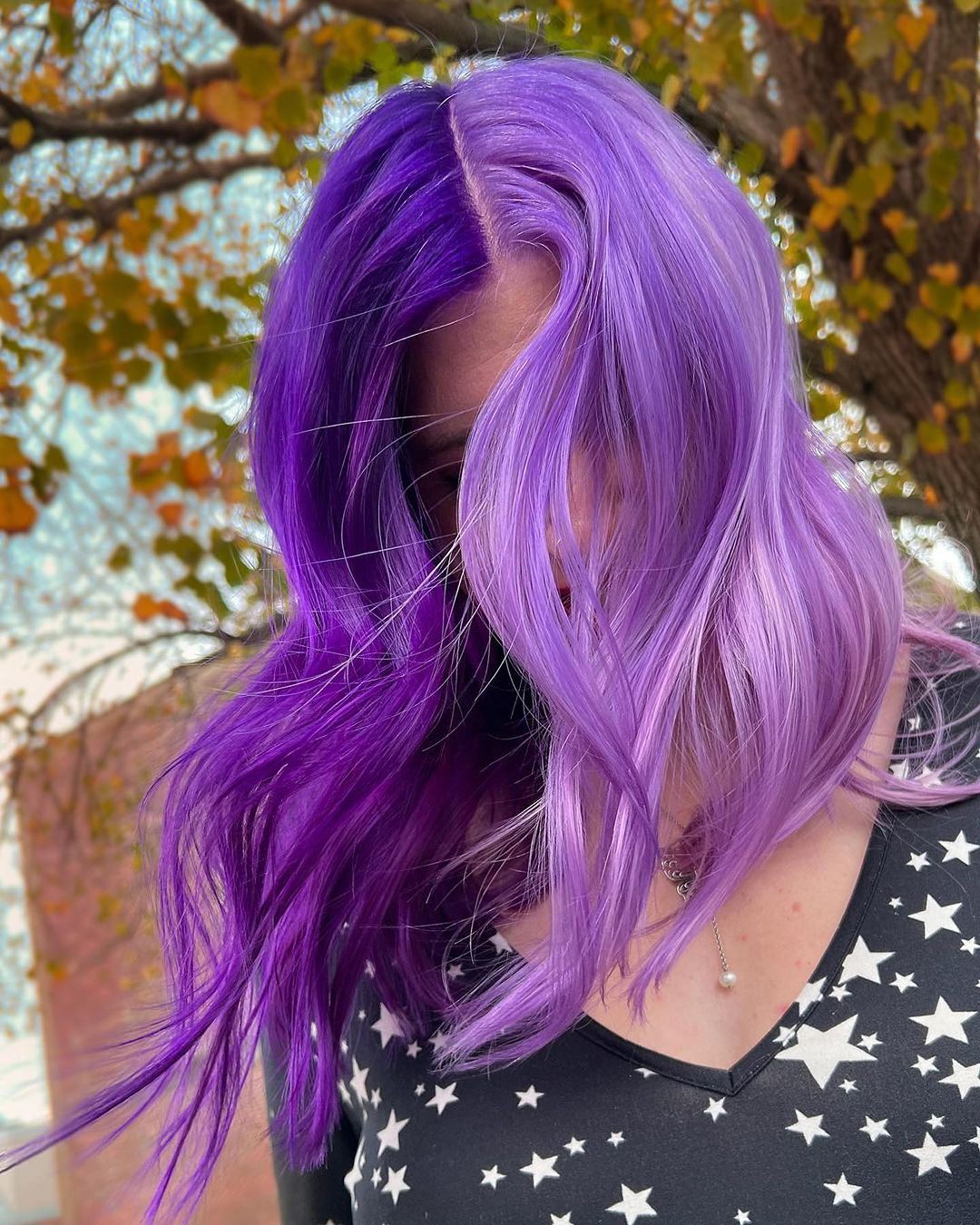
How to Prevent Hair Damage After Bleaching: Tips and Tricks?
Bleaching, as we know, can be quite a double-edged sword. On one hand, it paves the way for those radiant platinum locks or vivid rainbow colors. But on the other, it’s synonymous with hair damage if not managed correctly.
Thankfully, hair damage post-bleaching isn’t an inevitable fate. With the right care and maintenance, you can maintain your hair’s health and vibrancy.
The Aftermath of Bleaching
After bleaching, your hair becomes more vulnerable due to a raised cuticle layer and protein degradation. This results in increased porosity, dryness, and a potential loss of elasticity. Such hair needs more tender, loving care than unprocessed hair to maintain its integrity.
Tips and Life Hacks for Healthy Hair Post-Bleaching
1. Deep Conditioning is Key
- Regularly using a deep conditioner can replenish lost moisture and nourish the hair.
- Opt for conditioners rich in proteins, ceramides, and natural oils.
- Once a week, indulge your hair in a deep conditioning treatment, leaving it on for longer durations for maximum absorption.
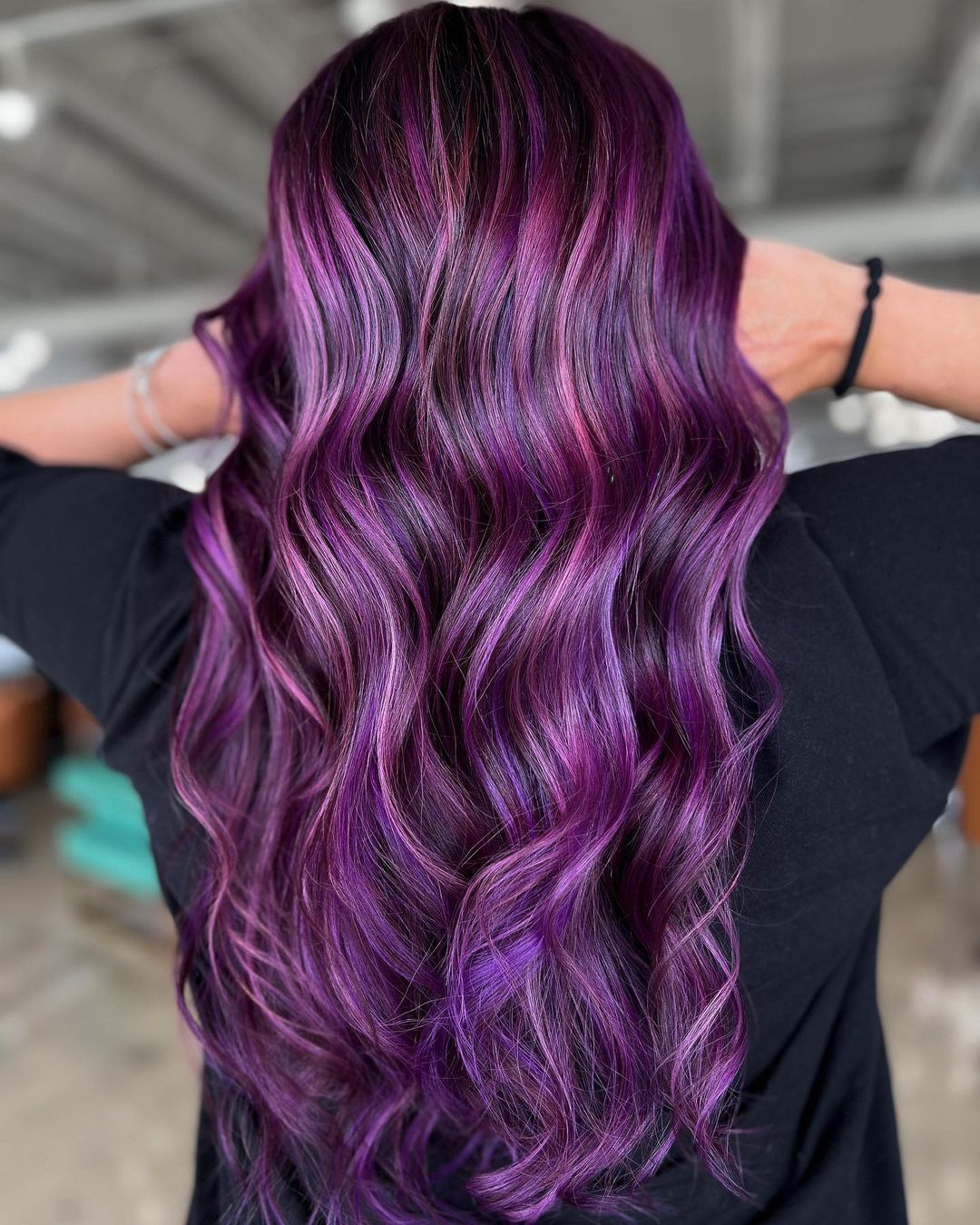
2. Limit Heat Styling
- Heat can exacerbate damage on bleached hair.
- Let your hair air-dry whenever possible.
- If using heat tools, always apply a heat protectant spray first.
3. Be Gentle When Handling Wet Hair
- Wet hair, especially when bleached, is at its most fragile.
- Instead of rubbing, pat your hair dry with a soft towel.
- Use a wide-tooth comb to detangle, starting from the tips and moving to the roots.
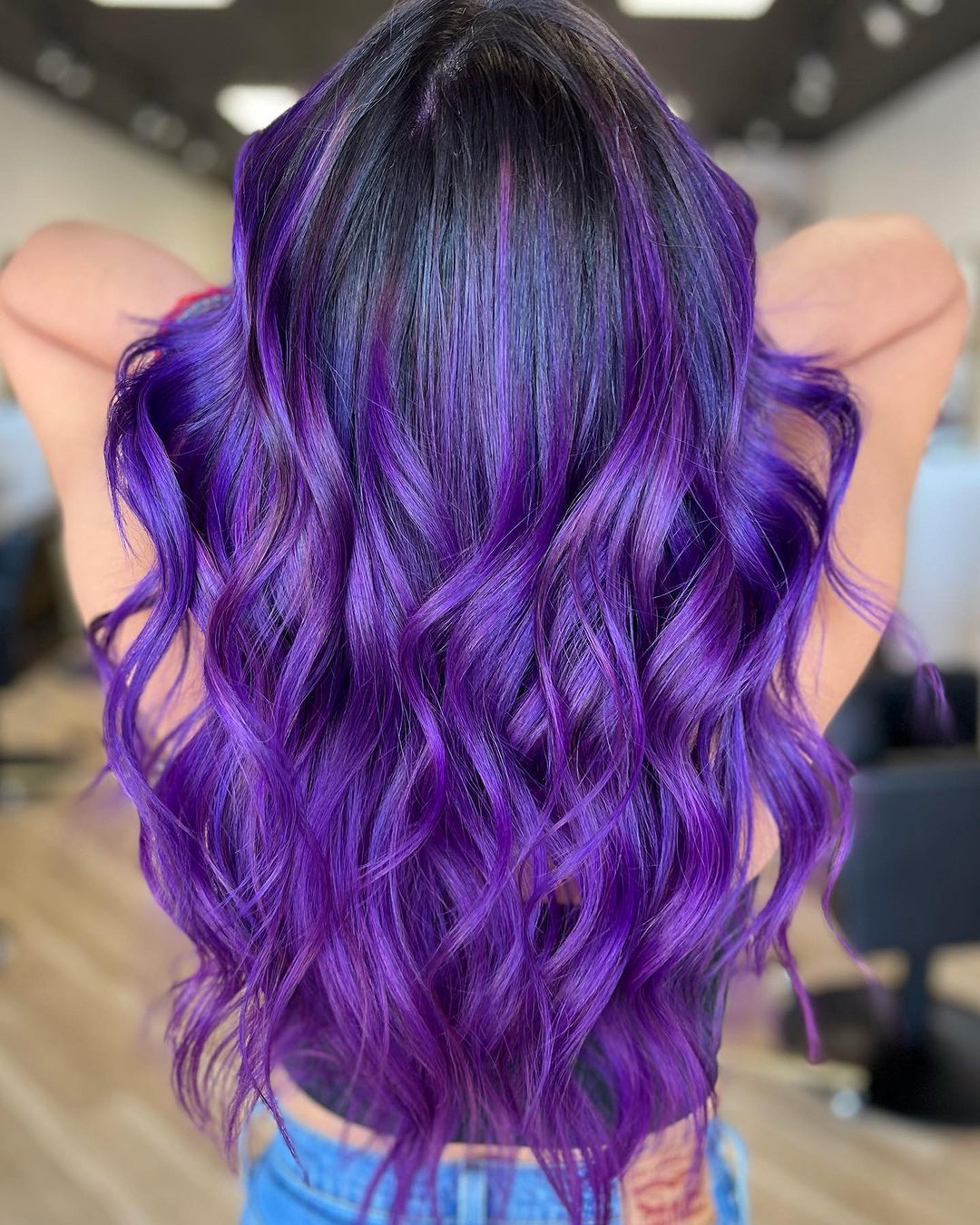
4. Reduce Washing Frequency
- Overwashing can strip your hair of natural oils.
- Aim to wash your hair 2-3 times a week.
- Consider using dry shampoo on off days to keep your hair looking fresh.
5. Embrace Hair Oils and Serums
- Oils like argan, coconut, and jojoba can be excellent for adding moisture and shine.
- Apply a few drops to damp hair, focusing on the ends.
6. Protect from the Sun
- UV rays can further damage bleached hair and fade its color
- Wear hats or scarves when out in the sun.
- Use hair products with UV protection.
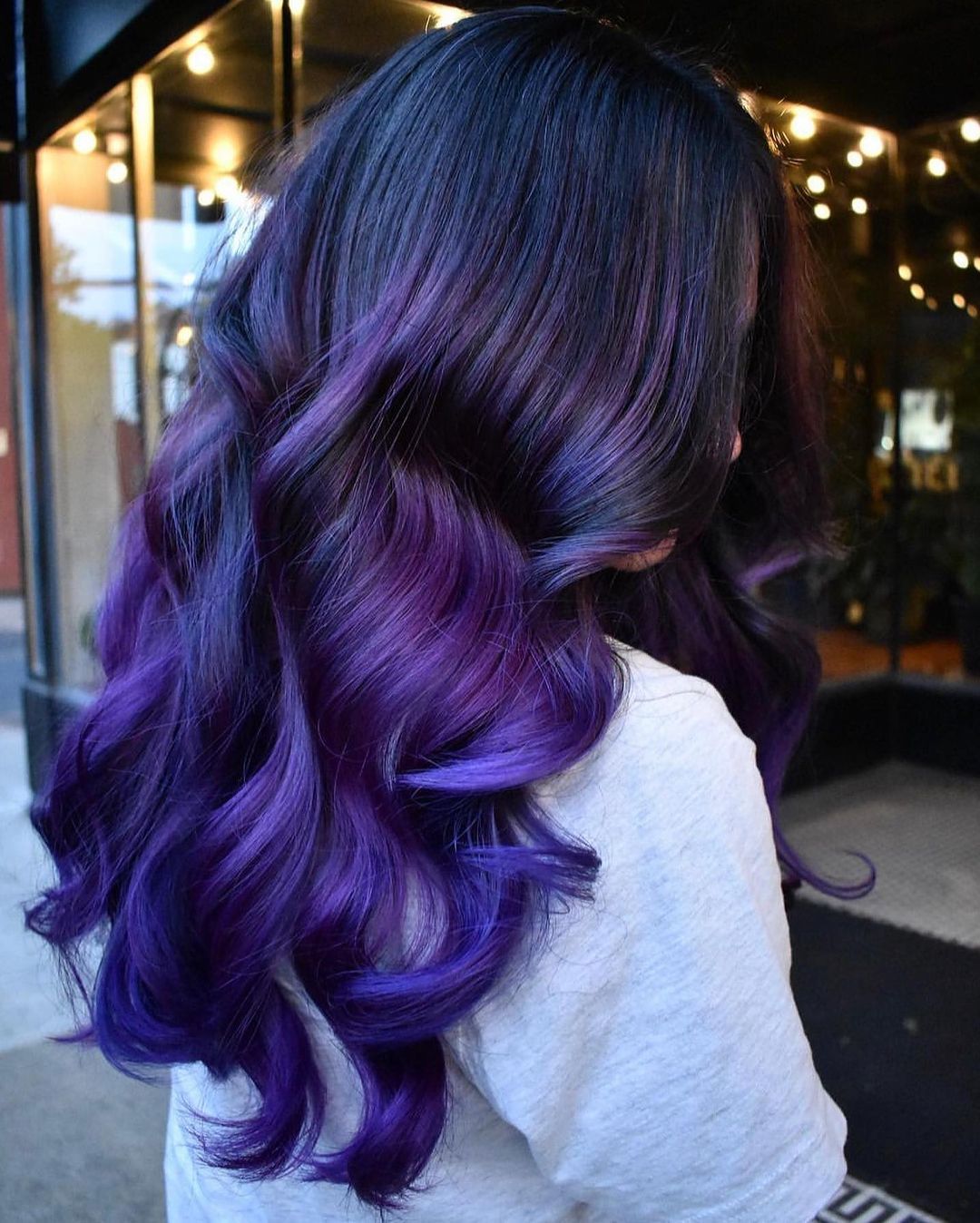
7. Trim Regularly
- Regular trims can get rid of split ends and prevent them from traveling up the hair shaft.
- Aim for a trim every 6-8 weeks.
8. Use Products for Color-Treated Hair
- Shampoos and conditioners formulated for color-treated hair are milder and help in color retention.
- Avoid products with sulfates as they can strip color and moisture.
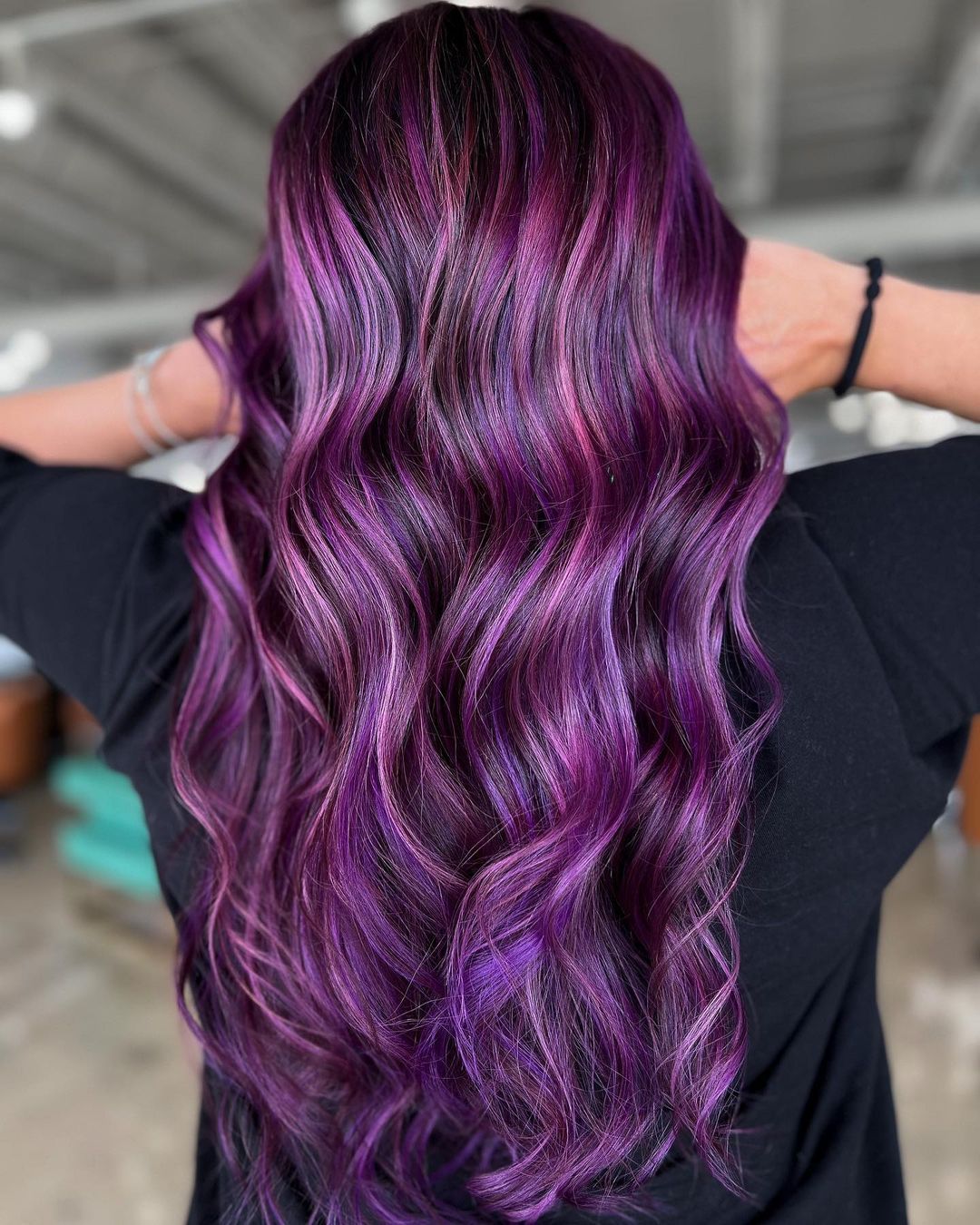
9. Do Protein Treatments
Protein treatments can help to restore some of the lost strength in bleached hair.
However, balance is crucial. Overdoing protein treatments can make hair brittle, so limit them to once a month or as needed.
10. Cold Water Rinses
Finish your wash with a cold water rinse.
Cold water helps seal the cuticle, making hair smoother and shinier.
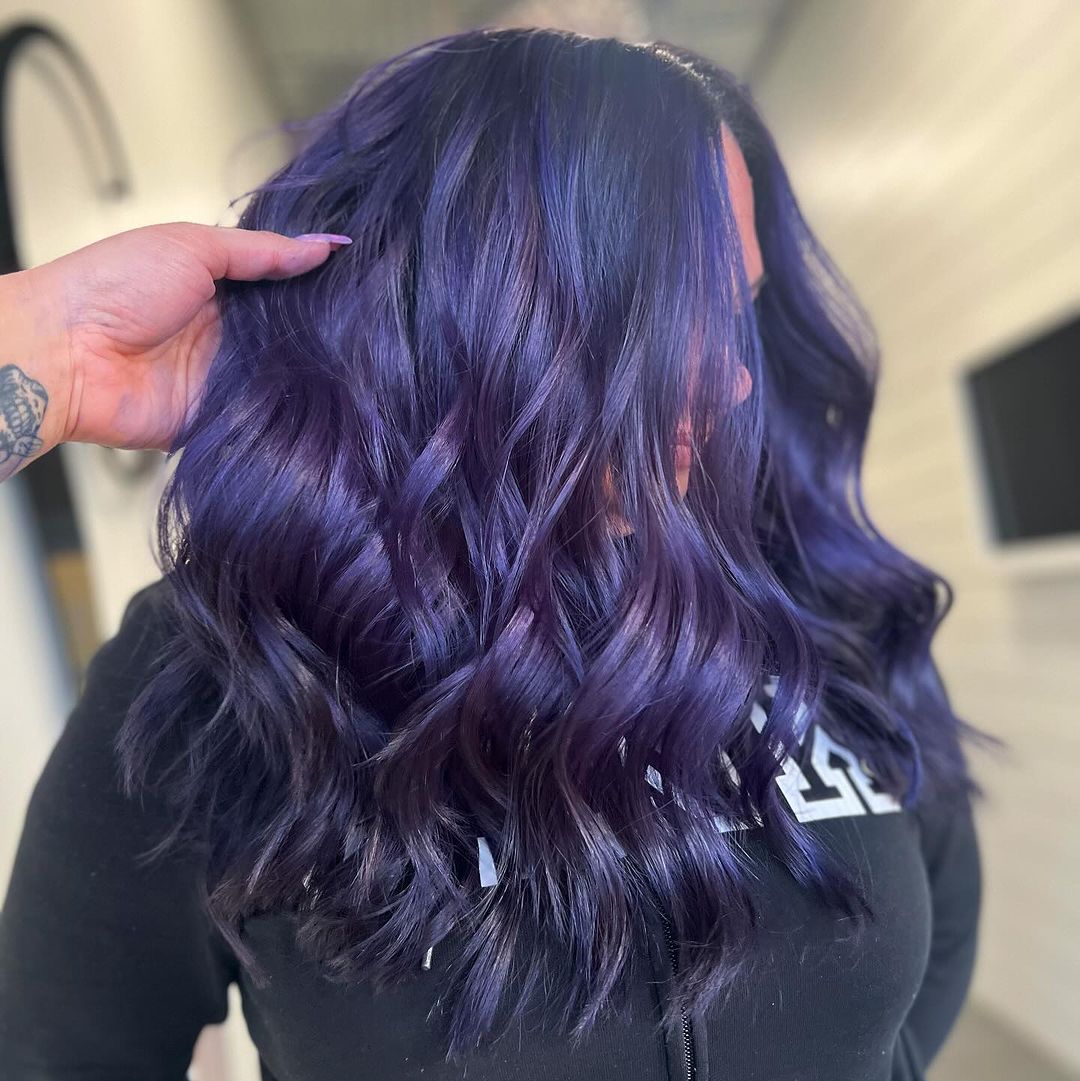
11. Avoid Chlorine
Chlorine in swimming pools can cause further dryness and discoloration in bleached hair.
Wear a swimming cap or thoroughly wet your hair with clean water before taking a dip, as this limits the amount of chlorine absorbed by the hair.
12. Silk or Satin for the Win
Swap out cotton pillowcases for silk or satin ones. They cause less friction, reducing potential breakage and frizz.
Similarly, consider using silk or satin hair accessories.
13. Limit Further Chemical Treatments
If you’re contemplating another chemical treatment, such as coloring, perming, or straightening, give your hair a break first.
Waiting a few months between treatments can prevent compounding damage.
14. Stay Hydrated and Eat Right
- Healthy hair starts from within.
- Drink plenty of water and eat a balanced diet rich in protein, vitamins, and minerals.
- Consider supplements like biotin or omega-3 fatty acids for an extra boost
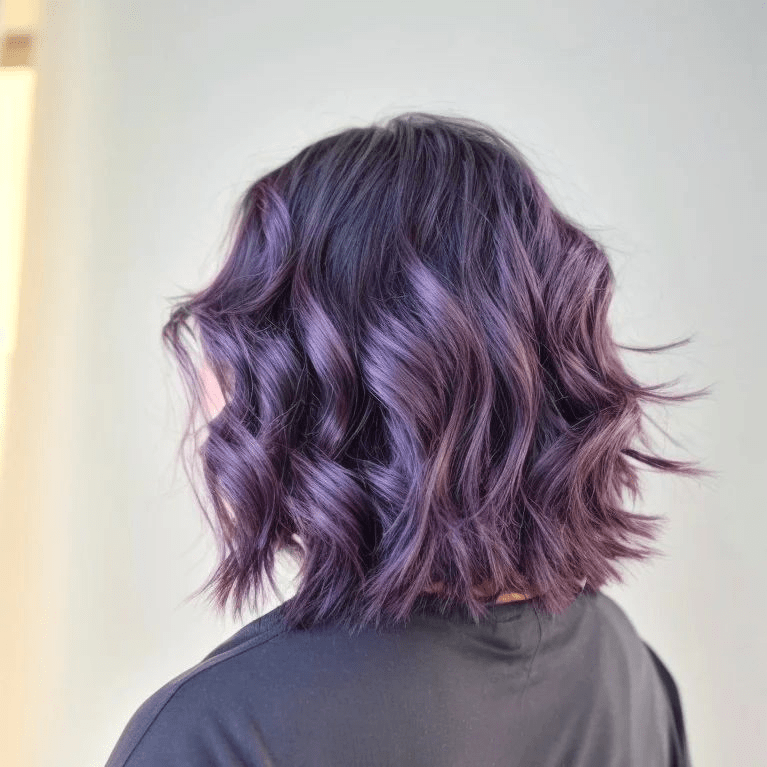
15. Seek Professional Advice
Regularly visit a trusted hairstylist for advice tailored to your hair’s specific needs and condition.
In conclusion, while bleaching does subject your hair to certain vulnerabilities, with meticulous and consistent care, the damaging effects can be minimized.
Remember, the essence of beautiful hair isn’t just about its color; it’s a testament to its overall health. By following the tips and life hacks above, not only can you rock that fabulous bleached shade, but you can also flaunt hair that’s full of life, shine, and strength.
Embrace the best of both worlds!
Conclusion
In conclusion, while transitioning from purple to silver without bleach might require a bit more patience, it ensures your hair remains in good health throughout the process. Adopting natural fading techniques and using toners and specialized shampoos can help you achieve that dreamy silver shade, all while keeping your hair shiny, strong, and beautiful.
Ready to embrace the change? Your silver crown awaits!
